


Our team sorts through all blog submissions to place them in the categories they fit the most - meaning it's never been simpler to gain advice and new knowledge for topics most important for you. This is why we have created this straight-forward guide to help you navigate our system.
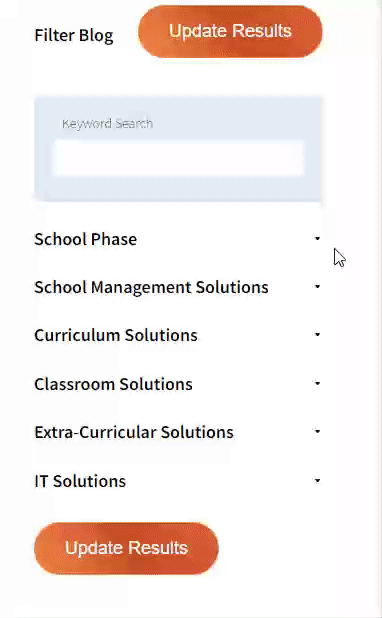

And there you have it! Now your collection of blogs are catered to your chosen topics and are ready for you to explore. Plus, if you frequently return to the same categories you can bookmark your current URL and we will save your choices on return. Happy Reading!
We all know that as a teacher you have a thousand and five things going on at once. Nadine shares the tips and tricks she’s learned over the past few years to help her keep track of her thoughts and focus.
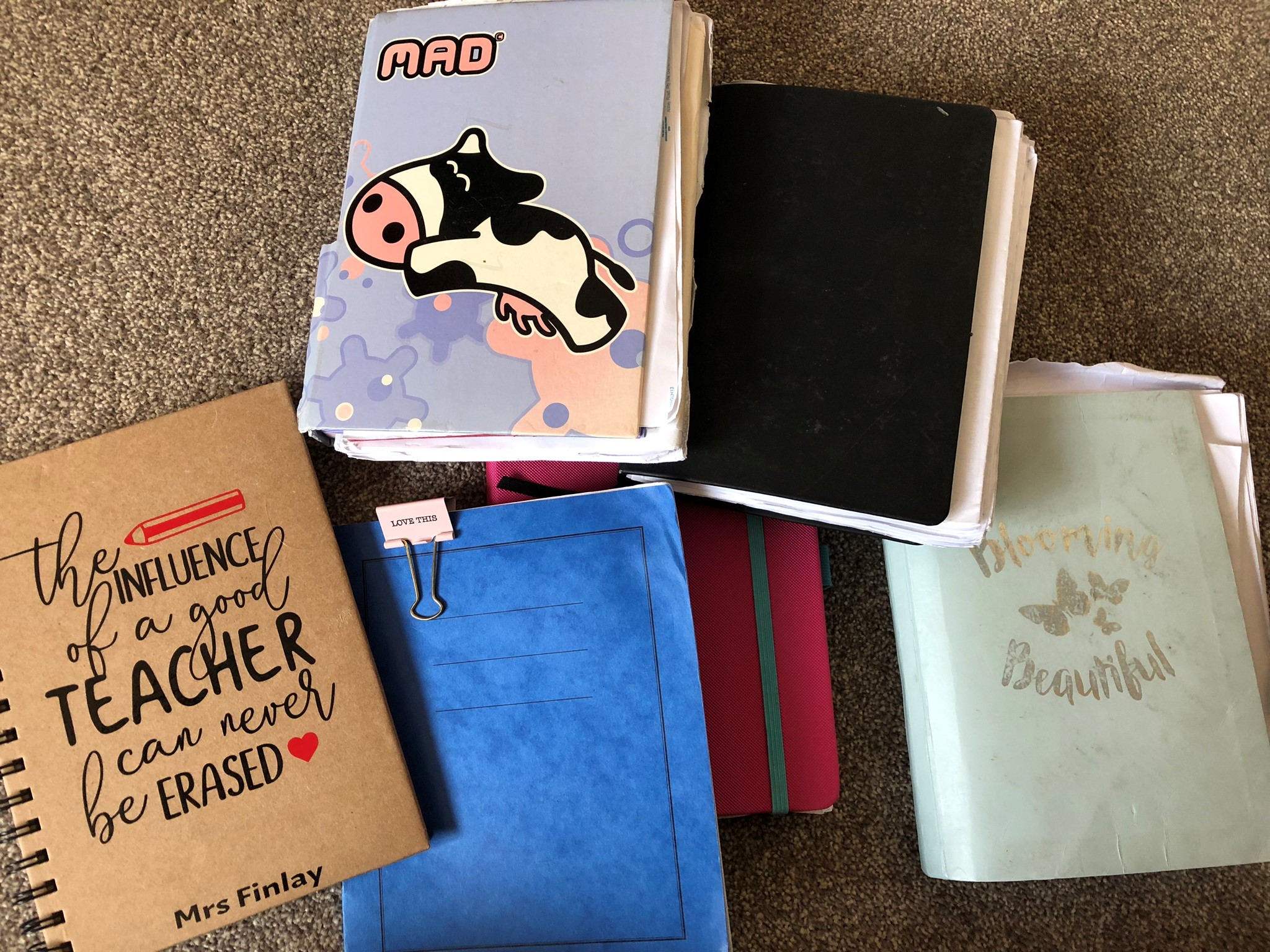
I have always loved having a notebook, since I was a little girl, but when I entered the education system, I realized just how influential my notebook obsession was. Throughout a normal day there can be countless things that colleagues say to me, meetings I attend, along with thoughts I have, that I’ll need to deal with at a later time. Initially I would try to remember these as the day went on. I quickly realized that my brain couldn’t hold everything and little things were slipping. I’d forget to get out the larger lined books for the intervention group or I’d have not passed on a question in staff meeting that my TA had asked me. I found that I was spending time apologizing for forgetting to do something or frantically dashing up to get things out of the resource cupboard that I should have got out during last weeks PPA. This annoyed me. I attempted writing notes on post-its however I found that they weren’t big enough or I would loose them. Not effective at all, so I settled on a notebook.
Over the years I have trialled different sized notebooks ranging from small flip-books, leftover exercise books, up to large A4 hard backed books and I have finally discovered that A5 hard backed works well for me. They are the right size so that I don’t feel overwhelmed by the amount that is on each page and the hard covers provide a solid base to lean upon when I’m writing.
Key things to think about when choosing a notebook
I have realised that these books are an extension of me and enclosed within them is a small piece of my character. They are laid-out in a way that suits my brain and I now have a system that I carry across to each book, as I fill them.
Q – means I have a question to ask
R – a personal reflection I have made and need to note down.
GR – Guided Reading
The back of the book contains my To-Do list and parts of this is highlighted green, yellow or pink depending on how urgent the task is. I have found that this draws my attention to certain key jobs that I may have not tackled yet.
I have had many friends that have set up their notebooks on a laptop or tablet. I’ve trialled this as well, thinking that it will support my work-life balance as I wouldn’t be double handling anything, yet I personally struggle with an electronic notebook, so for me, I will continue choosing my brightly coloured A5, hard-backed notebook.

The author

Read more

Read more

Read more
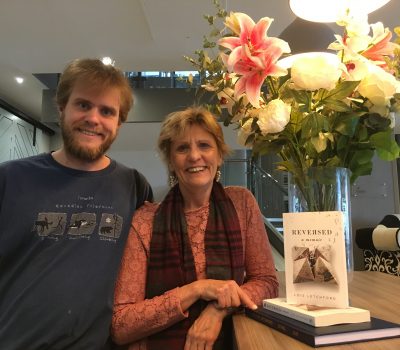
Read more
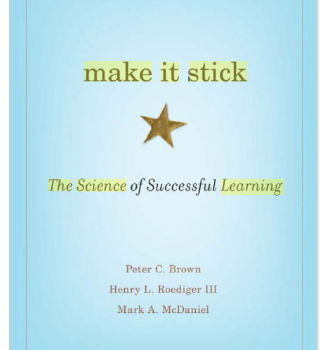
Read more
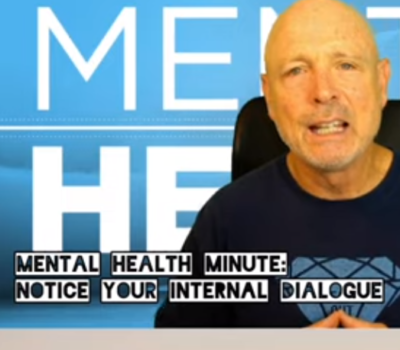
Read more

Read more

Read more


Are you looking for solutions? Let us help fund them! Nexus Education is a community of over 11,000 schools that come together to share best practise, ideas and CPD via online channels and free to attend events. Nexus also offers funding to all school groups in the UK via nexus-education.com


Established in 2011, One Education is a company at the heart of the education world, supporting over 600 schools and academies. Our unique appeal as a provider is in the breadth and synergy of the services we offer, supporting school leaders, teachers and support staff to achieve the best possible outcomes for their pupils and staff.
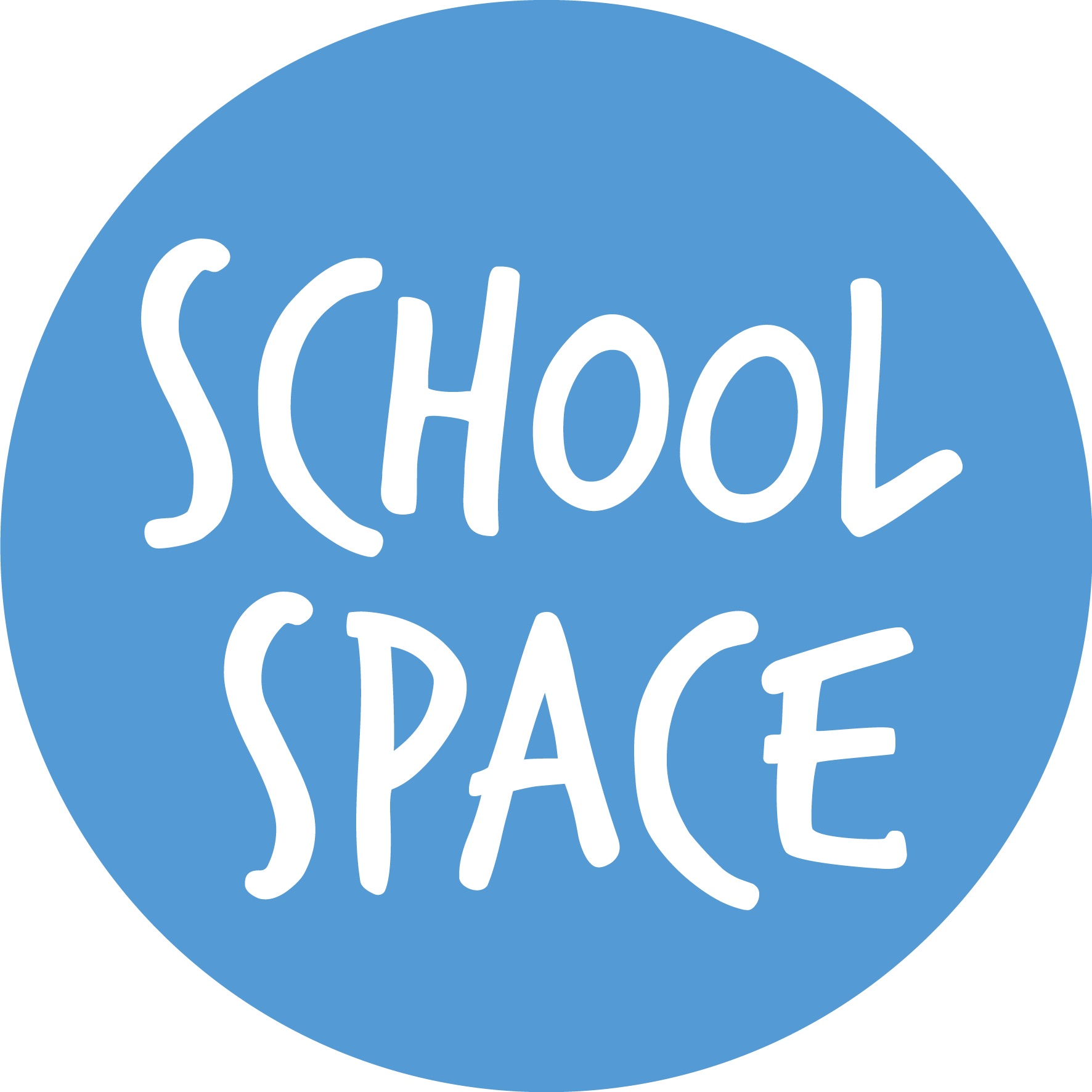
School Space is a social enterprise that has empowered schools for over 12 years through their profitable and hassle-free lettings services. So far, they’ve generated over £5 million in revenue for education, helping to connect over 200 schools with their local communities.


Operoo is a school operations and productivity platform. We help thousands of schools and trusts to eliminate slow, expensive and repetitive tasks. Operoo helps schools streamline and digitise processes, drastically reducing the associated costs: From student pre-admissions, permission forms, payments, and school trips; to medical information and emergency contacts, incident reporting, staff agreements, and more in over 100 languages.


Unify is an online sales and marketing tool that allows users to create tailored personalised documents in moments.


There’s nothing special about the energy we sell. In fact, it’s exactly the same energy as all our competitors provide. But there is something special about the way we do it. Where others complicate the process, we simplify it. Where others confuse customers with hidden terms, we’re an open book. And where others do all they can to make as much money from their customers as possible, we do all we can to make as little. Everything we do, we do it differently. Our customers are a privilege. One we’ll never take advantage of.


Securus provide market-leading monitoring solutions to safeguard students on ALL devices both online and offline. We also offer a full monitoring service, where we carry out the monitoring on behalf of the school, freeing up valuable staff resources. From the smallest school to large MAT groups, Securus offers safeguarding protection for all!


As European leaders of Time Management Solutions, Bodet offer Lockdown, Clock, Bell & PA Systems. Harmonys, our five-in-one IP/PoE Bell System, provides a unique customisable lockdown or panic alarm alert. Melodys, a Wireless Bell System, is useful where wiring can be difficult.